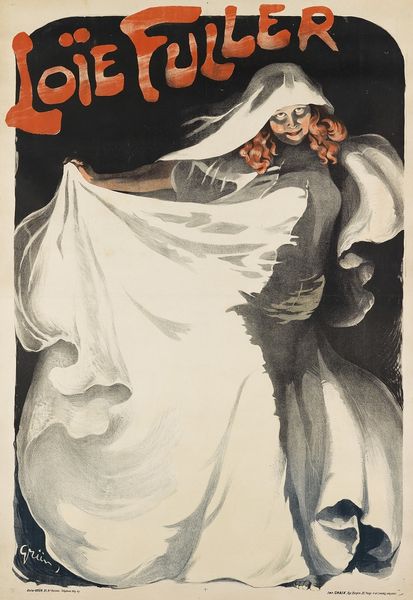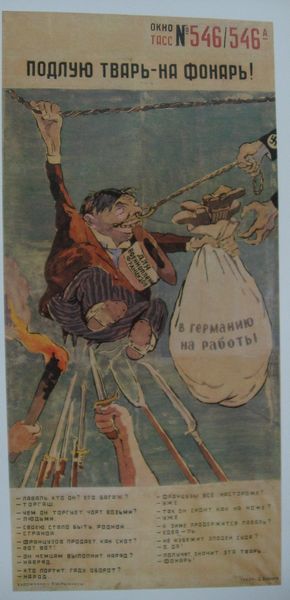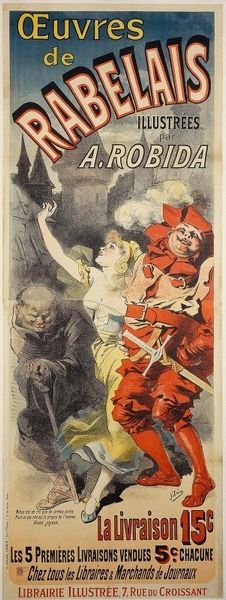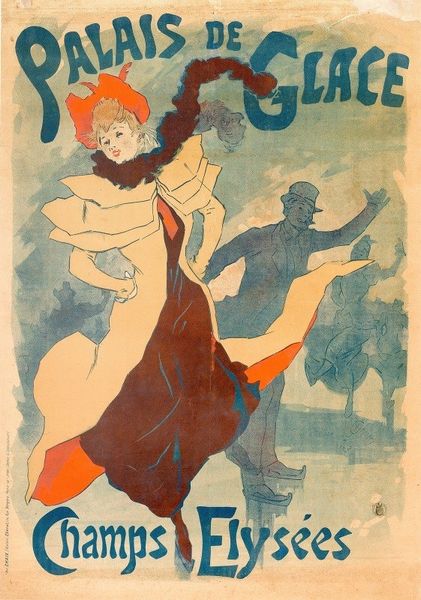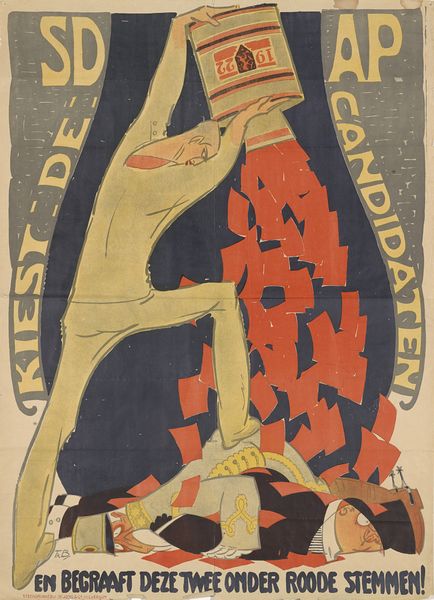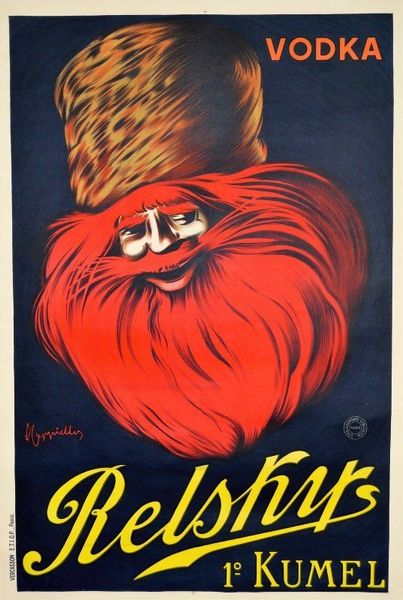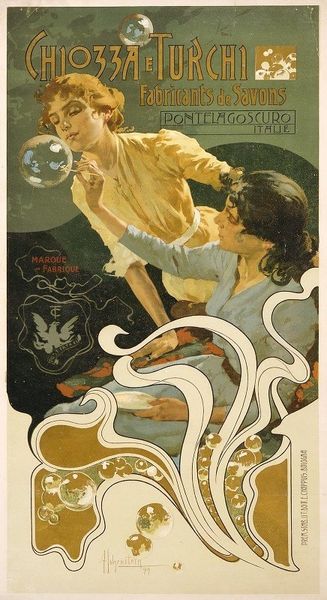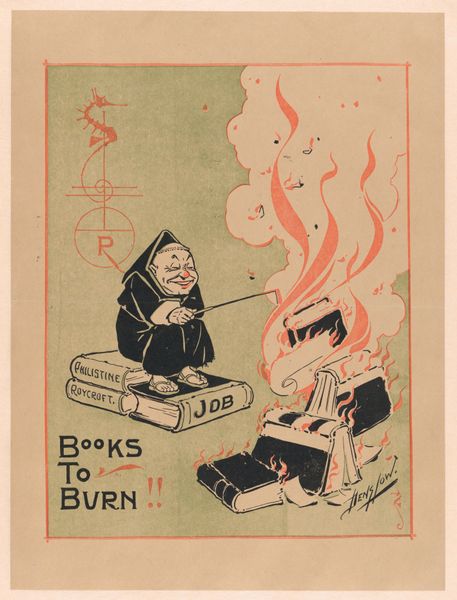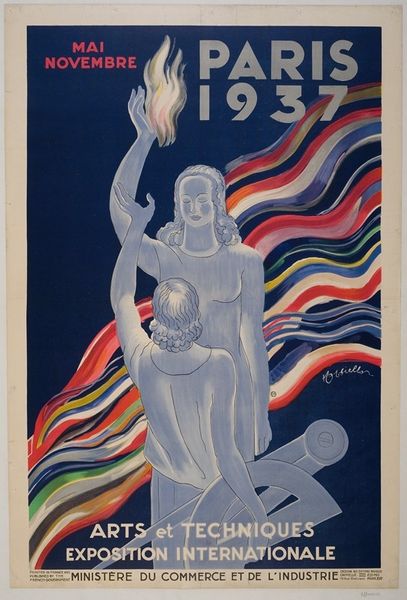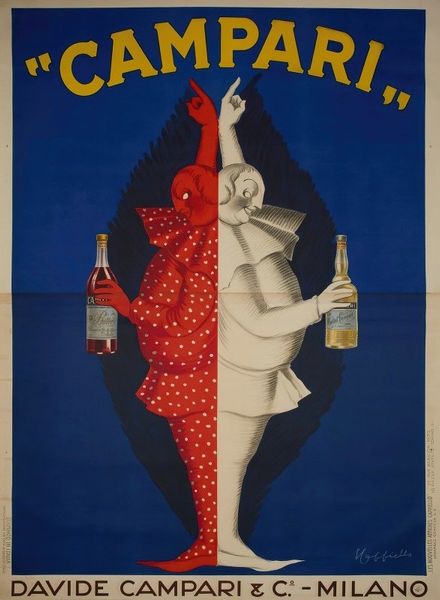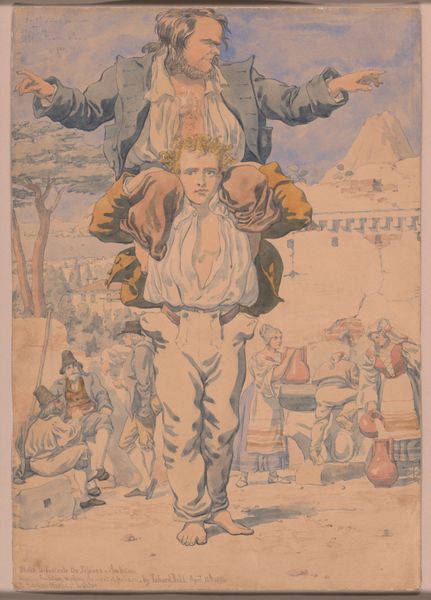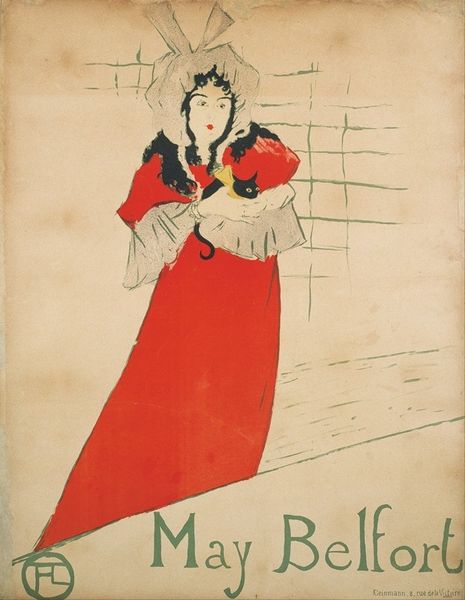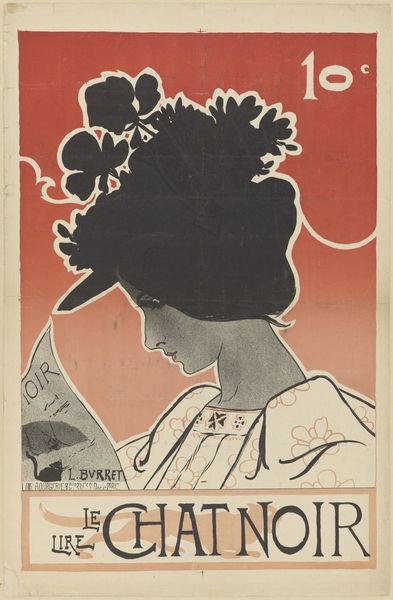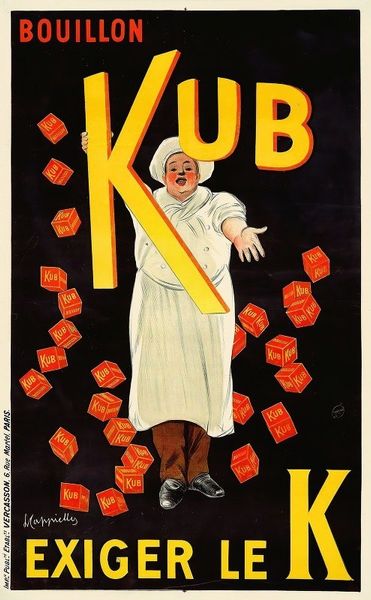
lithograph, poster
#
portrait
#
art-nouveau
#
lithograph
#
caricature
#
pop art
#
mural art
#
poster
#
portrait art
Copyright: Public Domain: Artvee
Curator: The artwork before us is a lithograph poster from 1912 called "Cigarettes JOB", created by Leonetto Cappiello. Editor: My first impression is that this poster exudes a sense of relaxed opulence, doesn't it? The figure seems to be floating, weightless in his indulgence. Curator: Absolutely, and the figure's attire and pose certainly lend themselves to that impression. Looking deeper, the turban, the robes, they’re clear signifiers. How does the use of clothing and setting strike you? Editor: Immediately, it’s the Orientalism that grabs my attention. The costume seems drawn from a very specific, and perhaps stereotyped, visual language of the "Orient". The colors enhance that feel too. Red and greens – the figure set against that simple flat color block heightens the exotification, especially within the historical context of French colonialism and its impact on shaping those visual codes. Curator: I agree completely. This image reinforces that construction of "otherness." Cappiello cleverly, though problematically, utilizes the readily understood visual cues to connect "Cigarettes JOB" with notions of exoticism, leisure, and luxury accessible through this consumer good. Note how he takes cues from Art Nouveau, simplifying form and using flattened space to create a striking and instantly readable advertisement. Editor: Yes, the very gesture of smoking becomes imbued with cultural meaning. Smoking itself takes on a quality. The looping cigarette smoke almost becomes its own character, a sinuous emblem of worldly pleasure. Cappiello reduces visual information down to its essence – that curl, that color…the very picture of relaxation, so to speak. It connects consumption to image and therefore cultural meaning, so even something as simple as this image participates in a broader global discourse around cultural identity. Curator: I think this piece pushes us to question those representations. Advertising art from this period often participated in harmful stereotypes, highlighting the need for continuous examination of our cultural past, so even in art that sells us an idea, there’s room for critique and hopefully even some reflection. Editor: It makes one ponder the weight of cultural memory encoded in the symbols artists employ and how easily we ingest them even today.
Comments
No comments
Be the first to comment and join the conversation on the ultimate creative platform.
